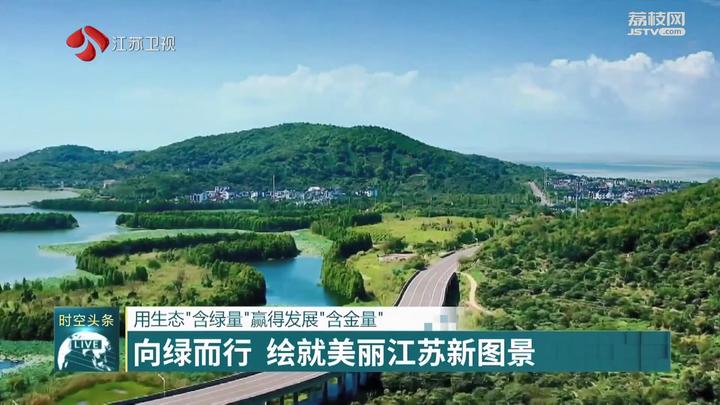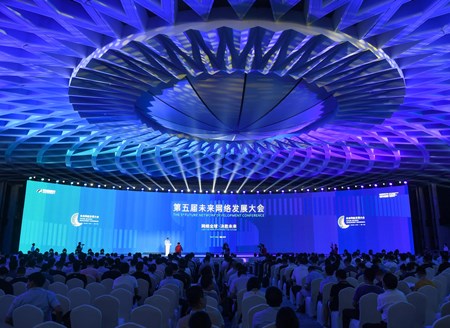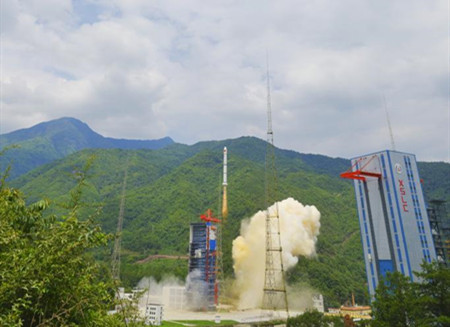East China’s Jiangsu province has made every effort to implement the Xi Jinping Thought on Ecological Civilization since the 18th National Congress of the Communist Party of China by actively exploring new paths of ecological priority and green development that are in line with the characteristics of economic and social development, stepping up the efforts for pollution prevention and control, and promoting the historical transformation of the ecological environment in the province from severe overdraft to significant improvement.
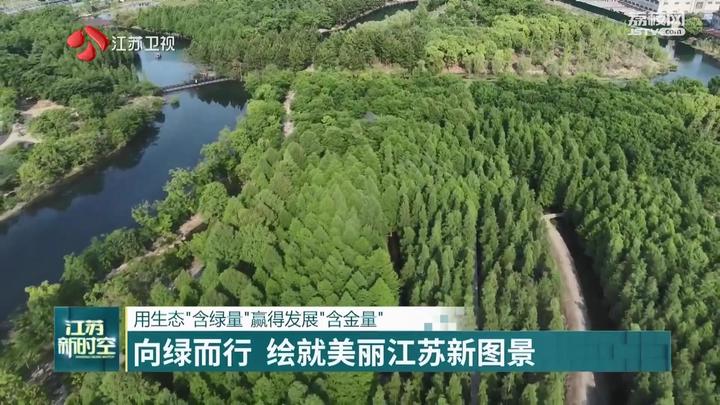
The green ecological corridor along the Yangtze River in Xinbei District, Changzhou City is particularly eye-catching and refreshing. However, only three years ago, this shoreline was dominated by chemical enterprises.
Changzhou has shut down and relocated 48 chemical enterprises along the Yangtze River, including three subsidiaries of Xinyang Technology Group.
The photovoltaic subsidiary of Xinyang Technology Group will put into operation the second phase of the high-efficiency solar cell project by the end of October. The photoelectric conversion efficiency of the new product will reach over 25.5%, reaching the industry-leading level and bringing new growth poles to the enterprise.
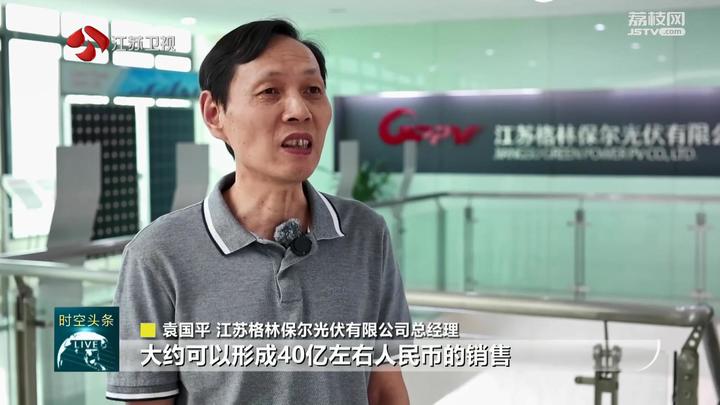
“In the first and second phases of the project, we are expected to increase the production capacity of nearly 5 GW of solar cells, which can generate approximately 4 billion RMB in sales”, Yuan Guoping, General Manager of Jiangsu Greenbow Photovoltaic Co., Ltd., said.

“We have restored 3300 mu of green land along the Yangtze River, ensuring that the ecological coastline of the Changzhou section of the Yangtze River has reached 80.6%, ranking first in the province. The industrial park has vigorously promoted the ecological protection of the Yangtze River and the demolition of chemical enterprises. The annual average tax revenue per mu has increased from 111000 yuan in 2019 to 367000 yuan in 2022”, Jiang Hao, Member of the Standing Committee of the CPC Xinbei District Committee, Secretary of the Party Working Committee of Binjiang Development Zone, said.

For over a decade, Jiangsu has prioritized the protection and restoration of the ecological environment of the Yangtze River in an overwhelming position by closing over 4900 chemical enterprises, cancelling the planning for 26 chemical parks, and restoring 81 kilometers of the Yangtze River production coastline to green space.
Thanks to the change in concept and strategic measures to promote high-quality development, Jiangsu has embarked on the fast lane of green and low-carbon transformation and development in the economy and society. The proportion of strategic emerging industries and high-tech industries in the output value of industries above designated size has increased to 41.1% and 49.6% with the scale of green industries such as new energy, new materials, energy conservation and environmental protection ranking first in the country.
In order to promote high-quality development, Jiangsu has innovatively carried out the construction of ecological islands by determining the first batch of 8 ecological island pilot zones in the province.
At the "Ecological Island" of Chengzi Lake in Sihong, workers are carrying out daily management and protection of the ecological forest. The local government has invested 50 million yuan in this 10000-mu ecological island by planting 235000 trees such as metasequoia and chishan and constructed 4 major categories and 7 specific engineering projects with biodiversity conservation as the core so as to provide a broader living space for wildlife.

“We have significantly improved the regional environmental infrastructure and supply capacity, further enriched ecological elements, and significantly enhanced the regulatory services of ecosystem material supply and water conservation, climate regulation, carbon reduction and sink enhancement, and environmental purification”, Jin Dianping, Director of the Ecological Environment and Construction Bureau of Longji Town, Sihong County, said.
Jiangsu has designed 38 key sites and constructed several ecological island pilot zones through scientific, active, and moderate human intervention, forming a network that provides good places and ecological channels for biological habitat, reproduction, and migration.
